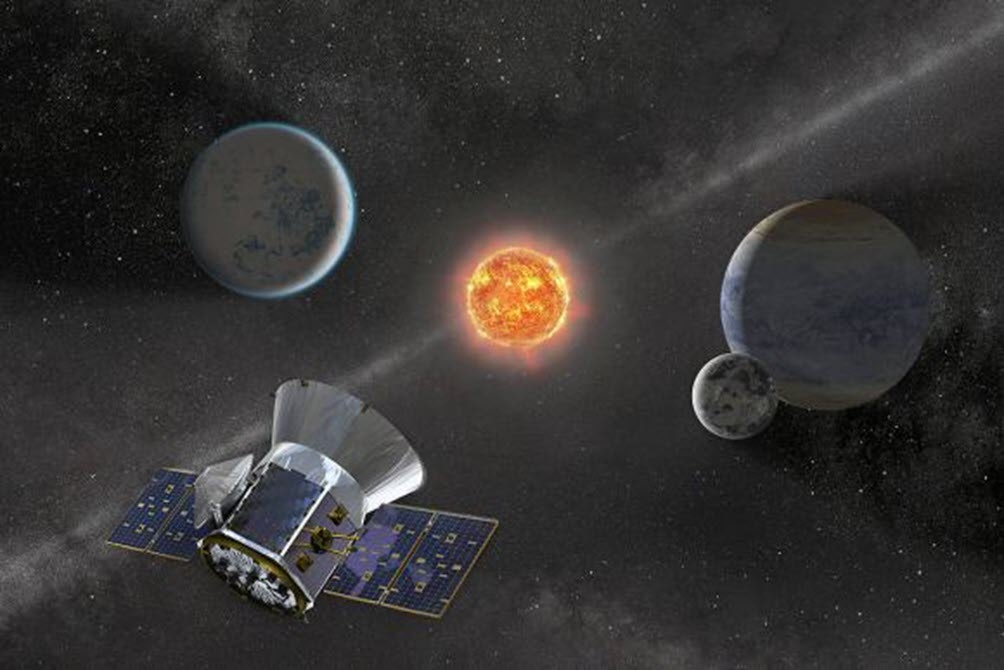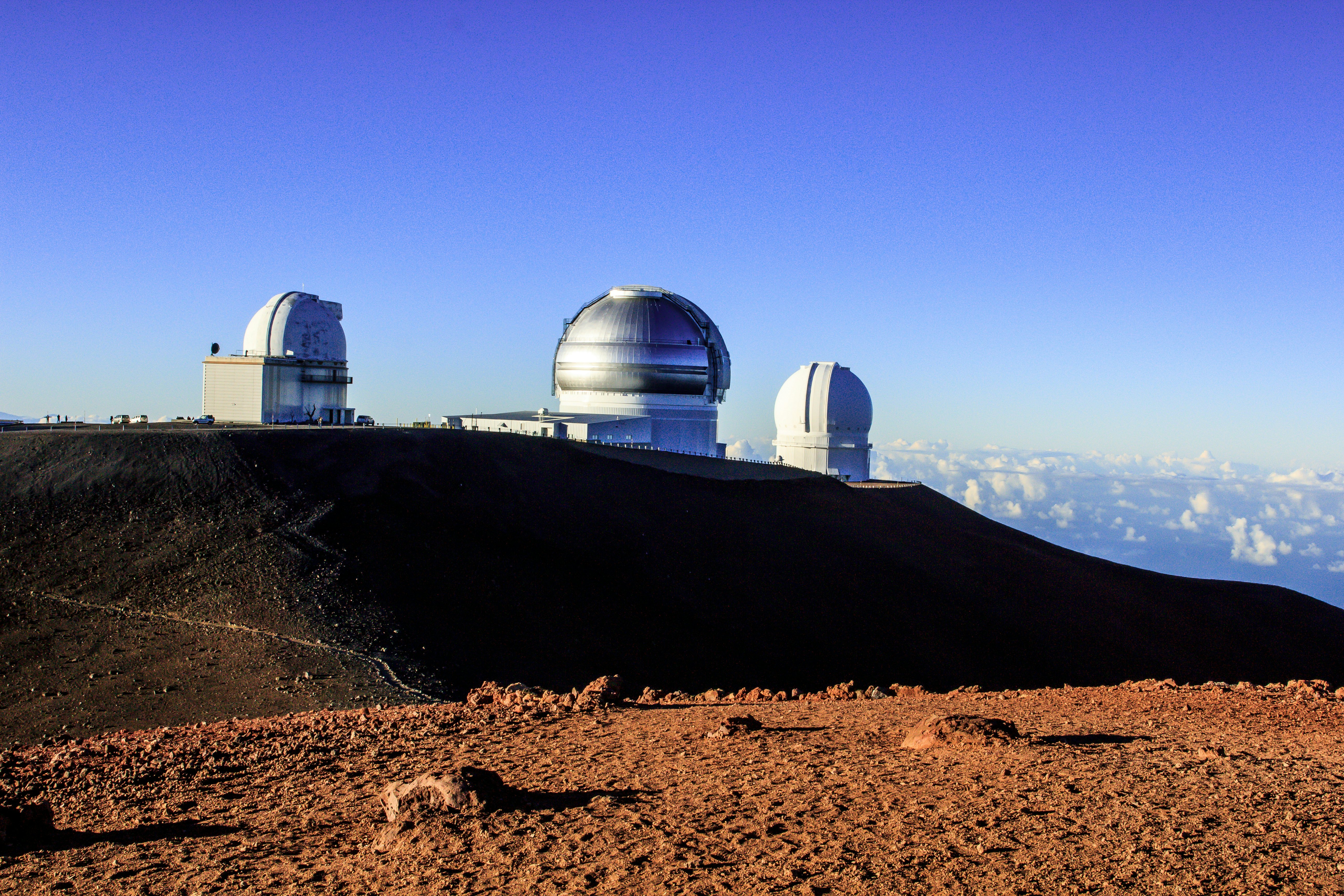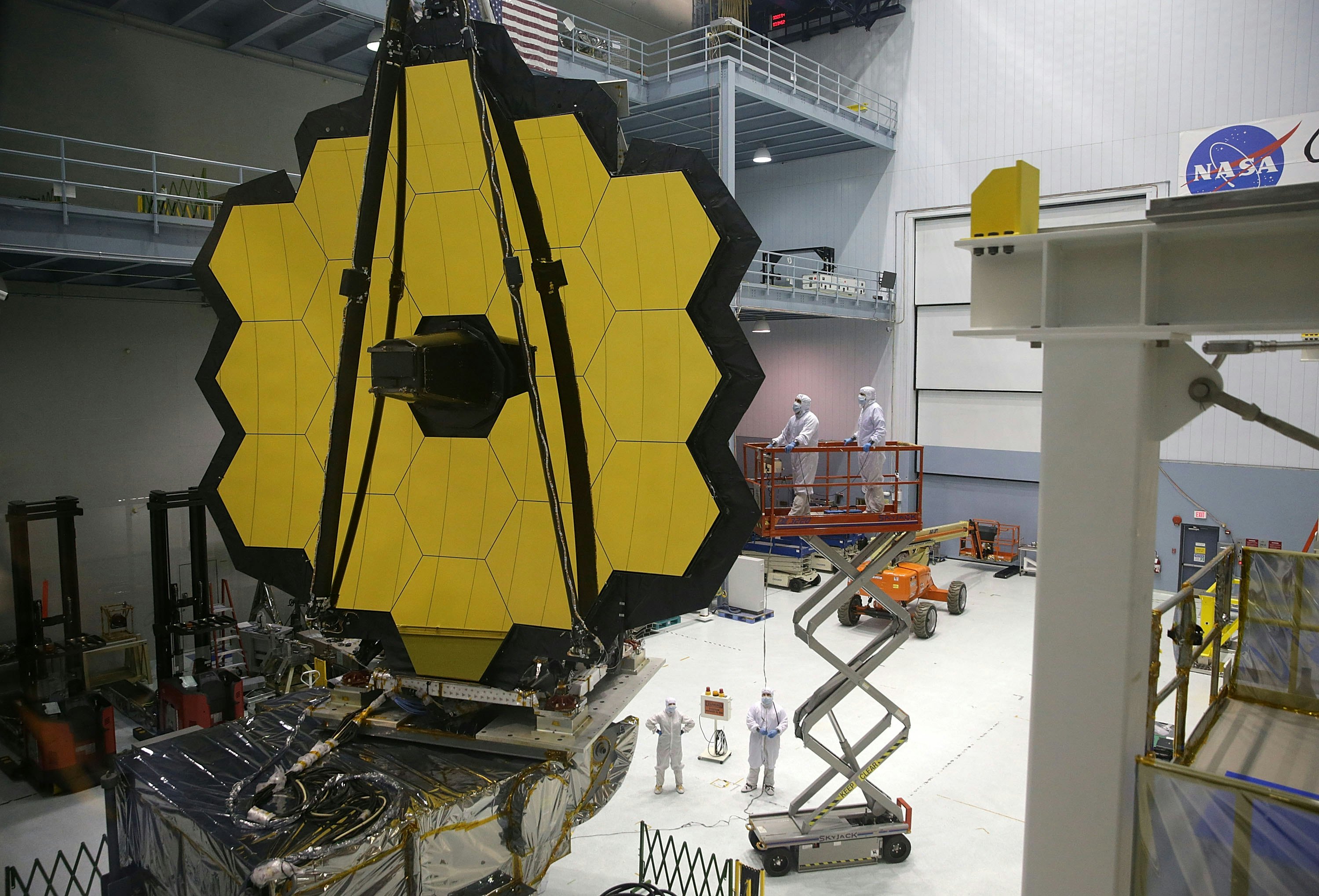
In the search for extrasolar planets, astronomers and astrobiologists generally pursue a policy of “follow the water.” This comes down to searching for planets that orbit with a star’s circumsolar habitable zone (HZ), where conditions are warm enough that liquid water can flow on its surface.
The reason is simple: Water is the only known solvent capable of supporting life and is required by all life on Earth. But since the 1970s, scientists have speculated that there may be a class of rocky planets in our universe that are completely covered in water.
Finding “Waterworld”
With the explosion in confirmed exoplanets, scientists have been eager to find examples of this type of planet, so they study them more closely. Thanks to an international team of researchers led by the Institute for Research on Exoplanets (IREX) at the Université de Montréal, an exoplanet orbiting within its system’s habitable zone was recently discovered that could be completely covered in deep oceans.
This “ocean world” (aka “Waterworld”) could reveal more about the nature of habitability when it is the subject of follow-up observations using the James Webb Space Telescope (JWST).
The international team was led by Charles Cadieux, a PhD student at the Université de Montréal and a member of IREX. He was joined by a team of 55 astronomers and astrophysicists, including researchers from Canada, France, the United States, Japan, and Brazil.

As they explain in their paper, which appeared on Aug. 12 in The Astrophysical Journal, the exoplanet (TOI-1452 b) orbits within a binary system located in the Draco constellation about 100 light-years from Earth.
The system is made up of two M-type (red dwarf) stars that orbit each other very closely, at 97 astronomical units (AUs), or about two and a half times the distance between the Sun and Pluto. The possibility that an exoplanet orbits one of these stars was originally ventured based on data obtained by the Transiting Exoplanet Survey Satellite (TESS).
Based on the TESS data, the astronomers noted that the exoplanet experienced a slight decrease in brightness every 11 days, from which they estimated that it has a diameter about 70 percent larger than Earth’s. Cadieux and his colleagues then conducted follow-up observations (a function routinely performed by the IREX) using the Planètes Extrasolaires en Transition et en Occultation (PESTO) camera on the 1.6-meter telescope at the Observatoire du Mont-Mégantic (OMM) — part of the Université de Montréal.
Because of their low brightness and proximity, TOI-1452’s two stars appeared as a single point of light when observed by TESS. However, PESTO’s resolution is high enough to distinguish the two objects, and the images it obtained confirmed that an exoplanet does orbit TOI-1452. Subsequent observations were performed by a team from the National Astronomical Observatory of Japan (NAOJ) using the 8.2-meter optical-infrared Subaru Telescope in Maunakea, Hawaii. As co-author René Doyon, a Université de Montréal professor and the director of iREx and of the OMM explained in an IREX press release:
“I’m extremely proud of this discovery because it shows the high caliber of our researchers and instrumentation. It is thanks to the OMM, a special instrument designed in our labs called SPIRou, and an innovative analytic method developed by our research team that we were able to detect this one-of-a-kind exoplanet.”
“The OMM played a crucial role in confirming the nature of this signal and estimating the planet’s radius,” Cadieux added. “This was no routine check. We had to make sure the signal detected by TESS was really caused by an exoplanet circling TOI-1452, the largest of the two stars in that binary system.”

After confirming the presence of an exoplanet and obtaining estimates on its size, the team turned to the un SpectroPolarimètre Infra-Rouge (SPIRou) instrument, a near-infrared spectropolarimeter installed on the Canada-France-Hawaii Telescope. Designed largely in Canada, SPIRou is ideally-suited to studying low-mass stars like TOI-1452’s binary components because they are brightest in the infrared wavelength. Despite this, it still took more than 50 hours of observation time to produce estimates of the planet’s mass (nearly five times that of Earth).
The next great challenge was the data analysis, which was performed using the line-by-line (LBL) analytic method developed by researched Étienne Artigau and Neil Cook (also with IREX). This allowed the team to identify the weak signal produced by the exoplanet in the SPIRou data.
Finally, PhD students Farbod Jahandar and Thomas Vandal of Université de Montréal analyzed the SPIRou data to learn more about the host star’s composition, which is useful for constraining the planet’s internal structure. Based on their estimates of its radius, mass, and density measurements, the astronomers theorize that TOI 1452 b is likely a rocky planet.
But these same estimates led them to conclude that TOI 1452 b could be covered in a thick layer of water, similar to the largest moons of Jupiter, Saturn, and other icy bodies in the outer Solar System. This is supported by interior modeling conducted by University of Toronto’s Mykhaylo Plotnykov and Diana Valencia, which suggests that water may make up as much as 30 percent of TOI 1452 b’s mass, which is also similar to satellites like Jupiter’s moons Europea, Ganymede, and Callisto; and Saturn’s moons Titan, Dione, and Enceladus.
The first ocean planet?
In recent years, astronomers have detected hundreds of similar exoplanets with radii and masses between Earth and Neptune but significantly lower densities. This suggests that a large fraction of these exoplanets’ mass is made up of volatiles such as water, leading to the nickname “ocean planets.” As Cadieux explained, this latest discovery may be the first such planet discovered:
“TOI-1452 b is one of the best candidates for an ocean planet that we have found to date. Its radius and mass suggest a much lower density than what one would expect for a planet that is basically made up of metal and rock, like Earth.”
Given that TOI-1452 b orbits within its host star’s HZ, it is unlikely to have an icy surface, which means it could have oceans several kilometers in depth. This makes TOI-1452 b a perfect candidate for further observations using the JWST, as it is one of the few known temperate planets that also exhibits the characteristics of an ocean planet.

Its proximity to Earth also makes it a good candidate for atmospheric characterization, something Webb is very good at — as demonstrated by the spectra it obtained twice from WASP-59 (confirming the presence of water and carbon dioxide).
To make matters even better, TOI-1452 is located in a region of the sky that Webb can observe year-round, making it perfectly positioned for follow-up observations.
“Our observations with the Webb Telescope will be essential to better understanding TOI-1452 b,” says Doyon, who is also the principal investigator of the Near Infrared Imager and Slitless Spectrograph (NIRISS), the Canadian Space Agency’s contribution to the JWST. “As soon as we can, we will book time on the Webb to observe this strange and wonderful world.”
This article was originally published on Universe Today by Matt Williams. Read the original article here.





!["[T]he First and Fifth Amendments Require ICE to Provide Information About the Whereabouts of a Detained Person"](https://images.inkl.com/s3/publisher/cover/212/reason-cover.png?w=600)

